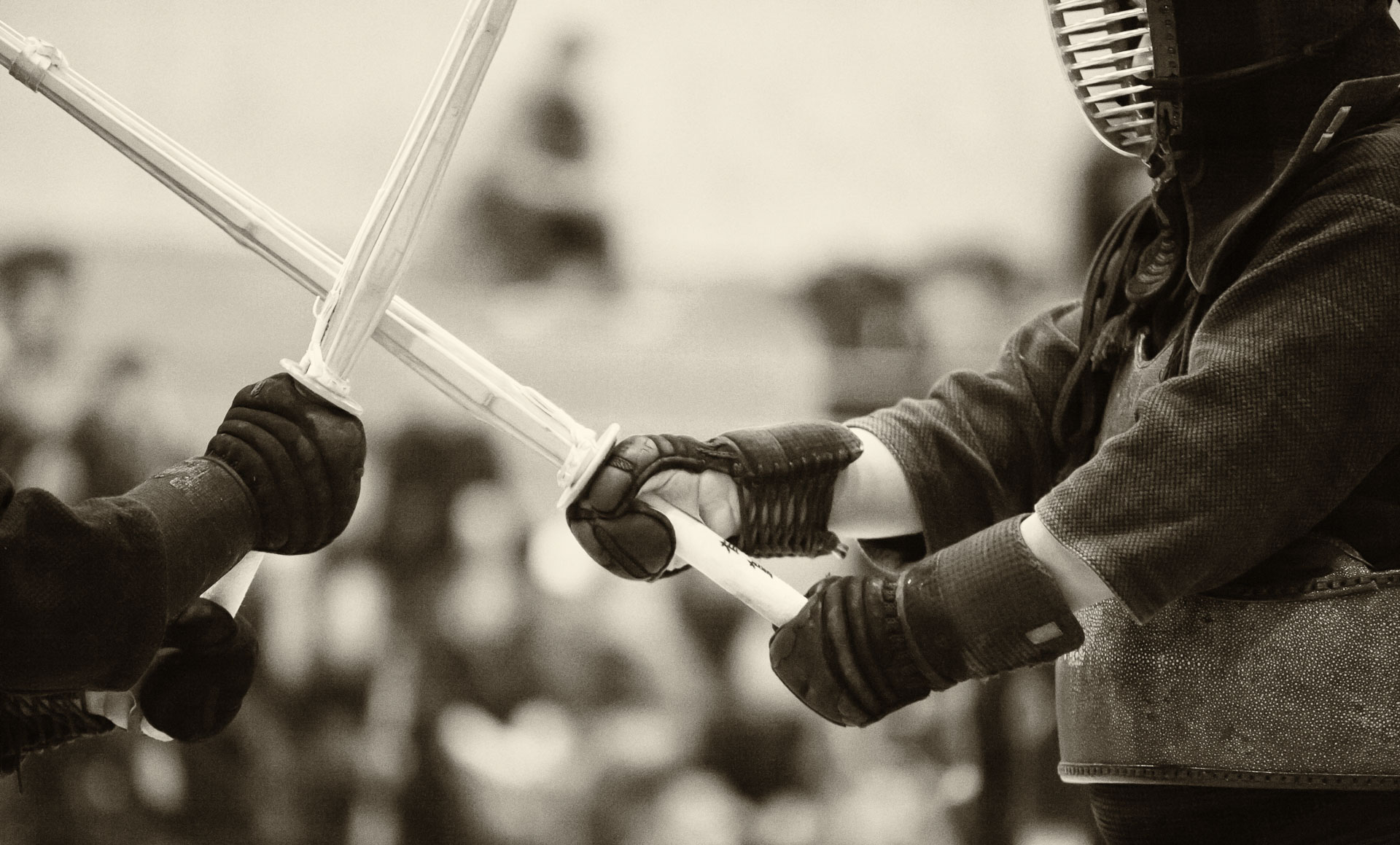
Amazing thing about Gothic cathedrals is that they take enormous amounts of time to construct and require restoration immediately after being built. The amount of detail in their stonework is so great that the restoration process never stops – it just moves around the perimeter of the building. I was told about this by a stone restoration worker, who took a break from his work on Lednice castle and came down from the scaffolding to ask me about my camera. It turned out that he was a photo enthusiast too. Too bad that we did not have a common language to speak, so we had to resort to a mixture of Czech, Russian, English and German – both of us understood different, non-intersecting subsets of these languages to various degrees.
During the recent trip to Milan, I had a chance to take some photos of the people working on the cathedral. Since my research is related to acoustics, I was particularly interested in the work of acousticians, who were sampling the sound of the organ by moving the microphone to various locations in the nave and recording several repeating notes and musical fragments.





























